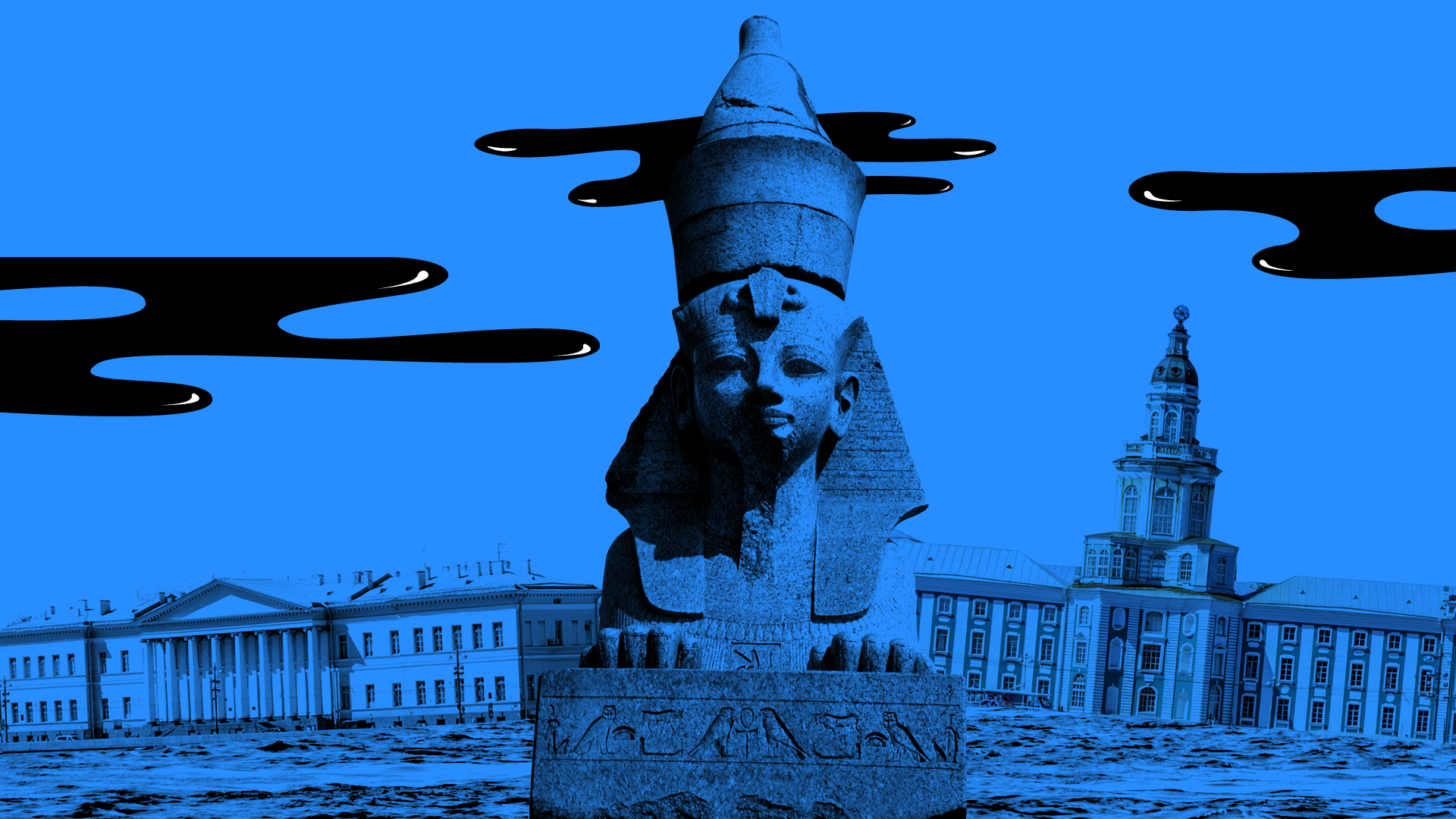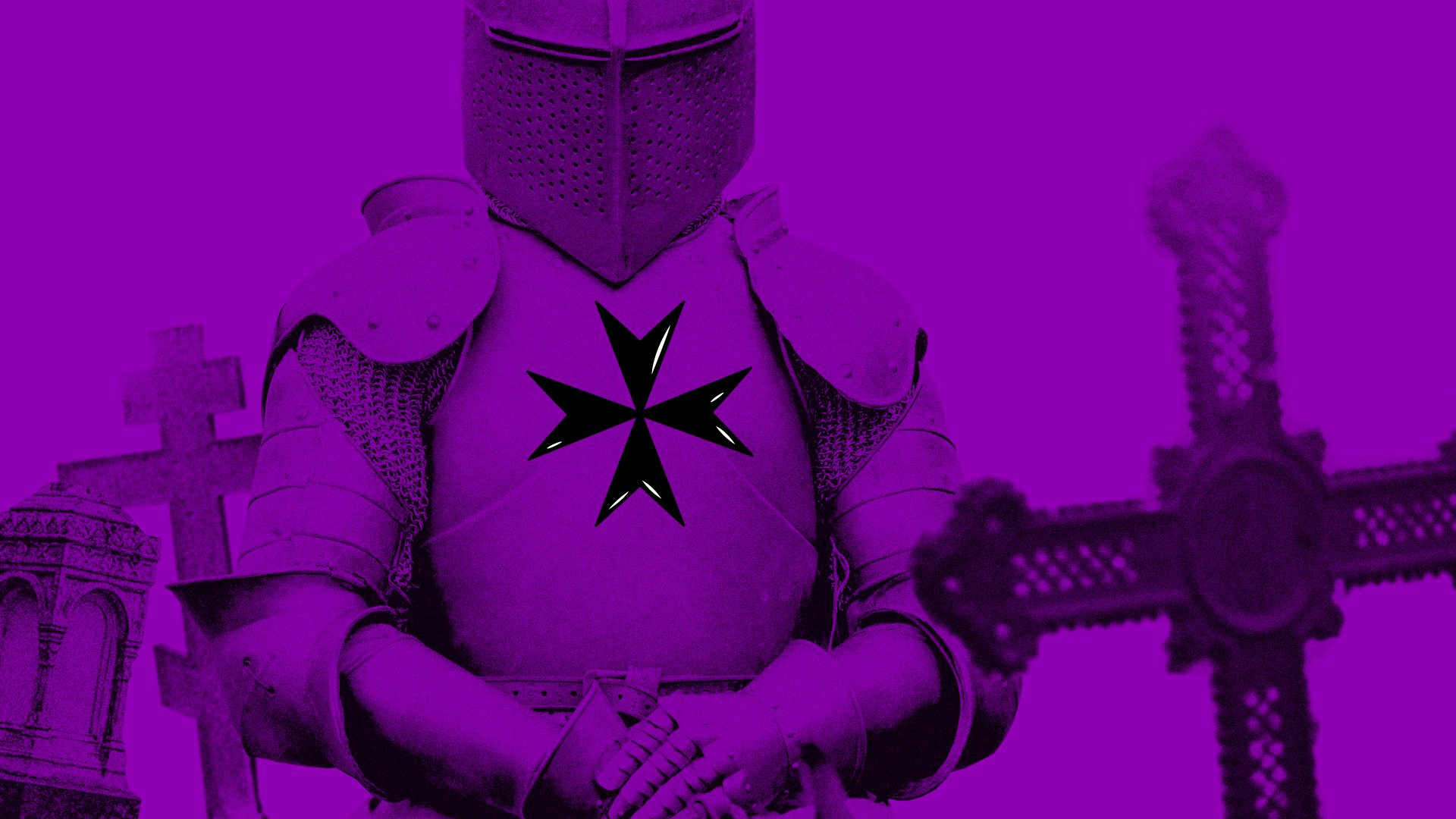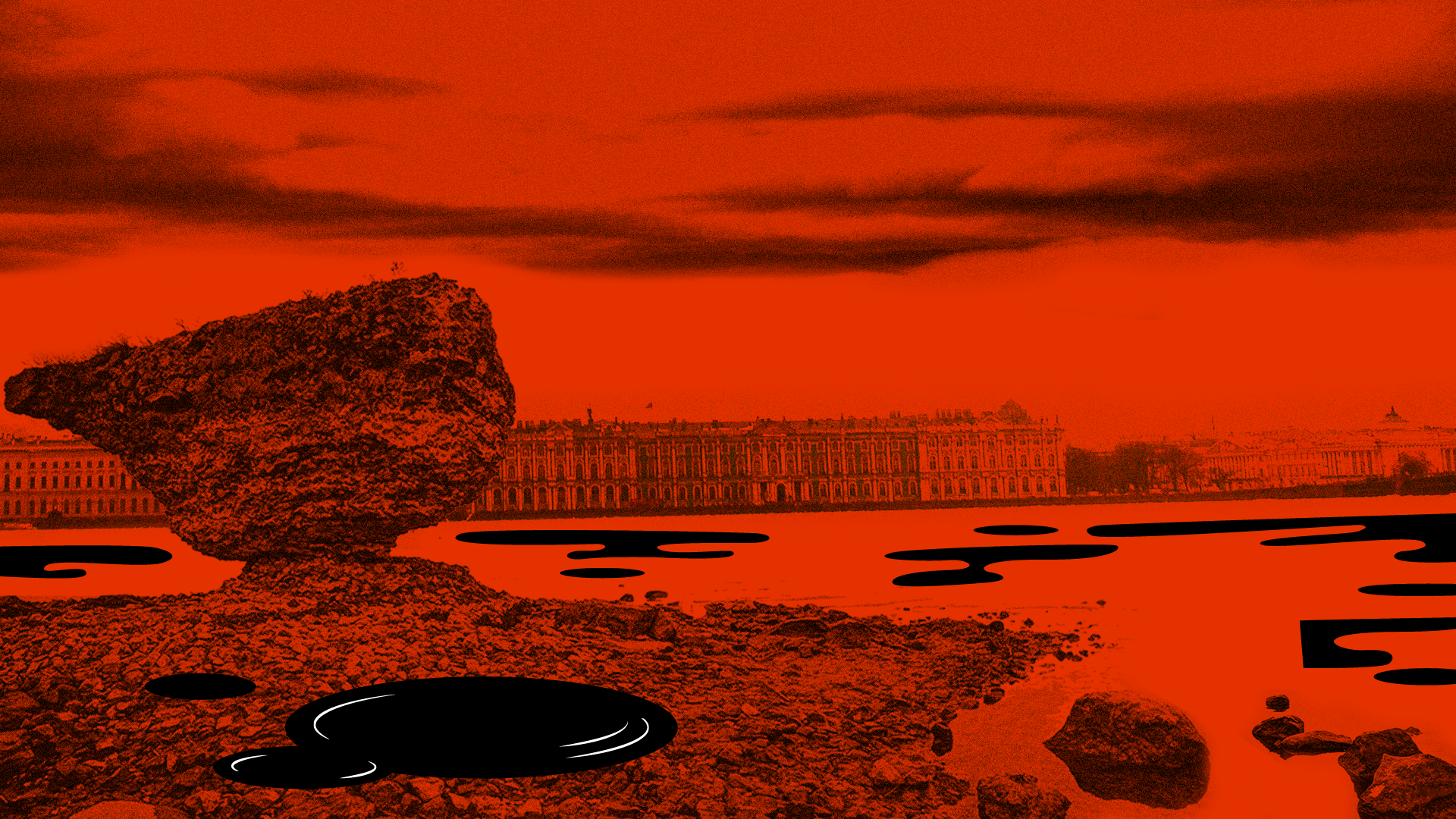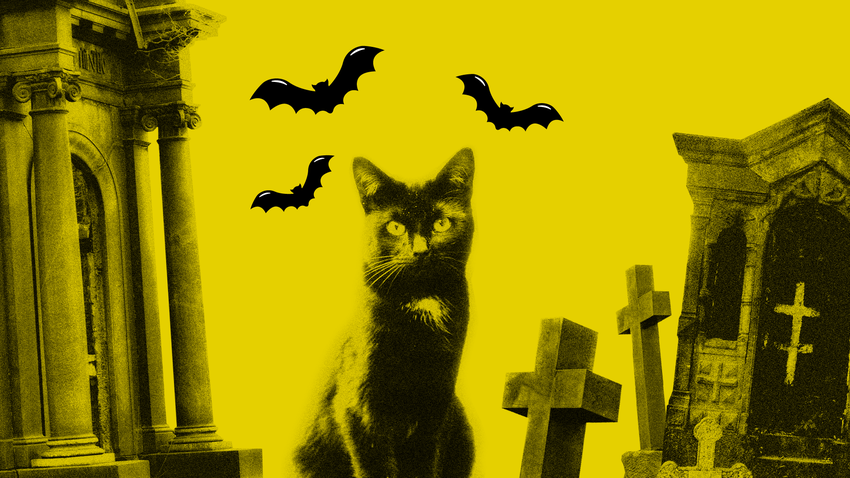
Grigory Rasputin is one of the most mysterious and ill-fated characters in Russian history. After traveling around the monasteries and cloisters of Russia, he gained the reputation of a wise old man, healer, and prophet. The tsar and his family grew to trust him unconditionally, affording him a lofty status in the royal court.
In 1914 Rasputin settled in number 64 on Gorokhovaya Street, the most prestigious district in St. Petersburg. Common people and nobles alike flooded to the courtyard of this house, desperate to renew their health or hear their futures. Witnesses claimed Rasputin possessed the power of a
In 1916 Rasputin was assassinated, but those who schemed to kill him had no idea how difficult it would be. First they poisoned him, then they shot him, and

However, Egyptians have always considered sphinxes to be menacing creatures: Guardians of the world of the dead. For this reason, it’s supposedly dangerous to disturb them and even more dangerous to remove them from their own country. To this day legends have spread throughout St. Petersburg warning people against walking close to - or touching - the sphinxes: Otherwise one will be driven mad by enraged sphinxes with the face of Amenhotep. Some even say that the expressions of the sphinxes change: In the morning they gaze peacefully and calmly, by dusk their faces appear angry and spiteful.

Smolenskoe Cemetery is one of the oldest graveyards in St. Petersburg, although luckily the ghosts that live there are said to be mostly harmless.
At the end of the 19th century, local resident Nikolai Verbin wrote a curious entry in his diary. While walking through Smolenskoe on an overcast day in the fall, he suddenly met a man dressed in the robes of the order of Malta. Nikolai bowed before the stranger as a sign of respect, but when he blinked, the man disappeared just as suddenly as he had appeared. At the same time, Nikolai noticed a girl walking with a porcelain doll in her hands in a nearby alley. But when he tried to follow her she disappeared, and in her place he saw a grave, upon which sat the little porcelain doll, exactly where her hands had been a moment before…
Today many people from St. Petersburg whisper legends about Smolenskoe. They say that if you have a difficult decision to make, go for a walk around the cemetery and the ghosts of professors and academics buried there will advise you.

Until 1875 Liteyny Bridge in the center of St. Petersburg was a floating bridge, and then it was decided to make it permanent. This was no easy task though, for directly below the bridge the Neva was at its deepest (24 meters) and it was difficult to lay solid foundations in the soft riverbed. The engineers used caissons (special waterproof structures for construction work) to pump out water from their workspace. Unexpectedly, they discovered a sunken barge with a giant boulder on board. When they installed the caisson it smashed into the boulder and after a month the entire caisson was flooded. After another month, in September 1876, a large amount of semi-liquid soil broke through yet another caisson and flooded it, killing five people. A year later, another caissons exploded, instantly killing nine people and drowning another 20 under a mountain of soil. In 1979, they completed the construction of Liteyny Bridge but it had already acquired a bad reputation. Townspeople believed that the boulder on the bottom of the Neva had magical properties that when disturbed, would claim human sacrifices.

If using any of Russia Beyond's content, partly or in full, always provide an active hyperlink to the original material.
Subscribe
to our newsletter!
Get the week's best stories straight to your inbox